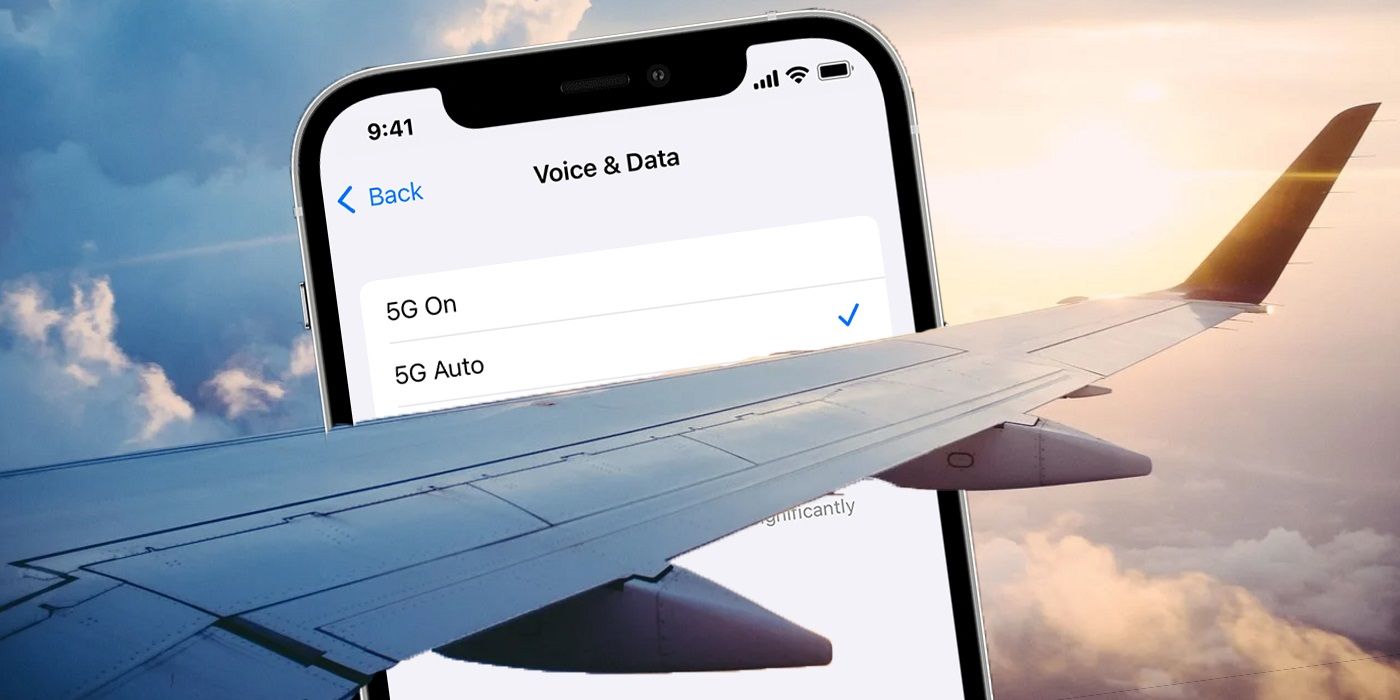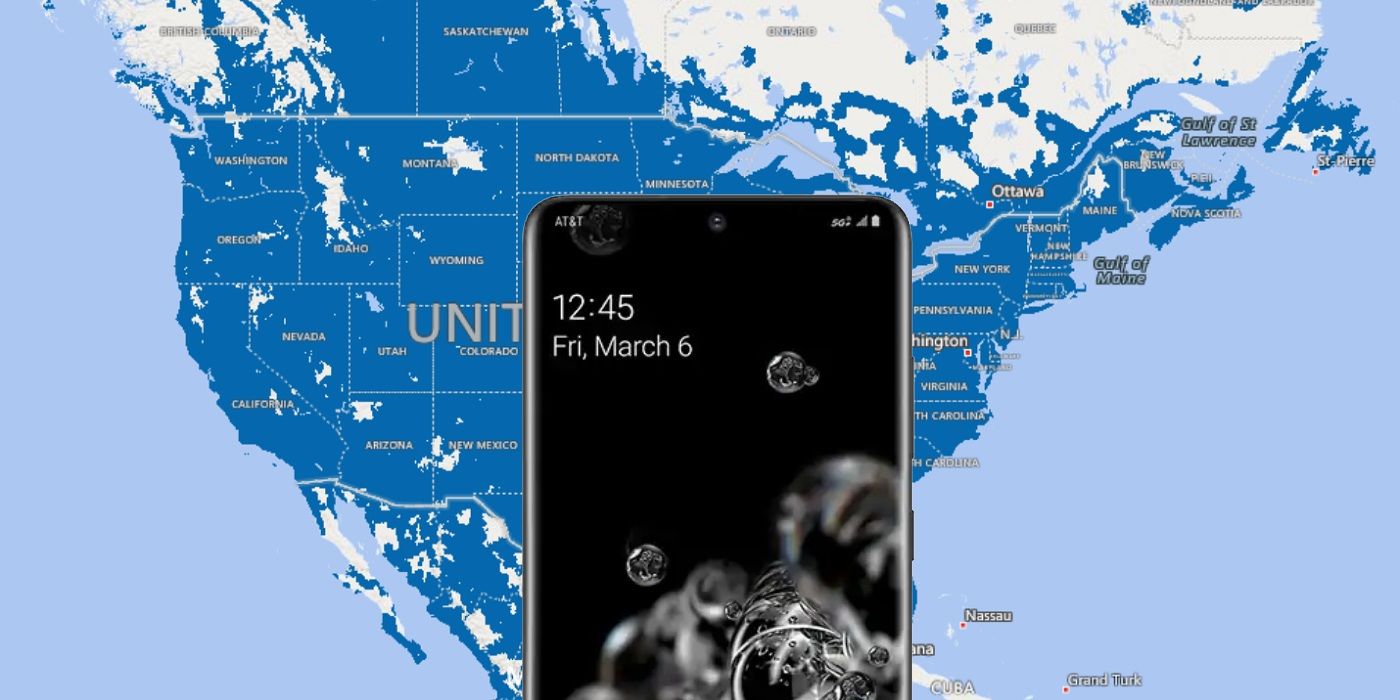The Federal Aviation Administration (FAA) is concerned that the upcoming C-band (a form of mid-band) 5G spectrum could cause issues with aircraft systems. Starting December 5th, carriers in the United States are set to start rolling out the new spectrum for customers across the nation. C-band spectrum will provide a hefty boost to Verizon and AT&T as both carriers are heavily relying on low-band band spectrum for their 5G connectivity.
To recap, low-band spectrum (4G or 5G) is great for long distances, allowing carriers to space towers further apart, but it doesn't have the capacity for faster speeds. High-band (sometimes called mmWave for 5G) can achieve incredible speeds, sometimes hitting 4Gbps. However, high-band spectrum typically reaches a city block or two before needing another tower or node. Mid-band is a mixture of both. It has pretty good reach and pretty respectable speeds (multi-hundreds up to about 1.5Gbps theoretically). The new C-band spectrum is set to roll out starting December 5th in 46 markets, and AT&T and Verizon hold most of the spectrum across most of the aforementioned markets.
The FAA has concerns over the use of the new 5G spectrum in regards to aviation safety, as reported by Reuters. The Administration is concerned that the new spectrum could interfere with systems, especially at lower altitudes such as during takeoff and landing. In addition to issuing its safety bulletin, the FAA explains that it is "currently collaborating" with the Federal Communications Commission (FCC) as well as the National Telecommunications and Information Administration (NTIA) on whether any further action is required.
Should The Public Be Worried?
This seems to be a similar story to what is presented each time new wireless technology is made available to consumers. If 5G did actually interfere with safety systems on airplanes, then it would likely already be more evident considering 5G, including mid-band, is already being actively used in the United States and elsewhere. For example, T-Mobile has deployed mid-band 5G in many major cities across the nation. As of now, there's no direct evidence that 5G interferes with aircraft equipment, with the FAA's bulletin even mentioning that there have been no confirmed reports of interference so far.
There's now barely one month left before C-band spectrum starts rolling out across the nation and major carriers have already begun upgrading towers and putting up new panels in anticipation. The spectrum has already been green-lit by the FCC, and it's highly unlikely that the FAA would stop the rollout with such little time remaining on the clock unless there was some serious evidence to support the concerns. However, travelers shouldn't be surprised if a pilot requests 5G devices to be turned off or put in 'flight' mode before departure, especially as this was one of the additional recommendations laid out by the FAA in its recent bulletin.


